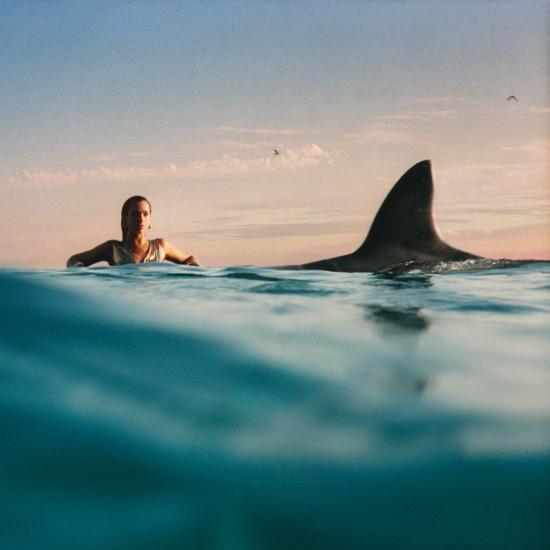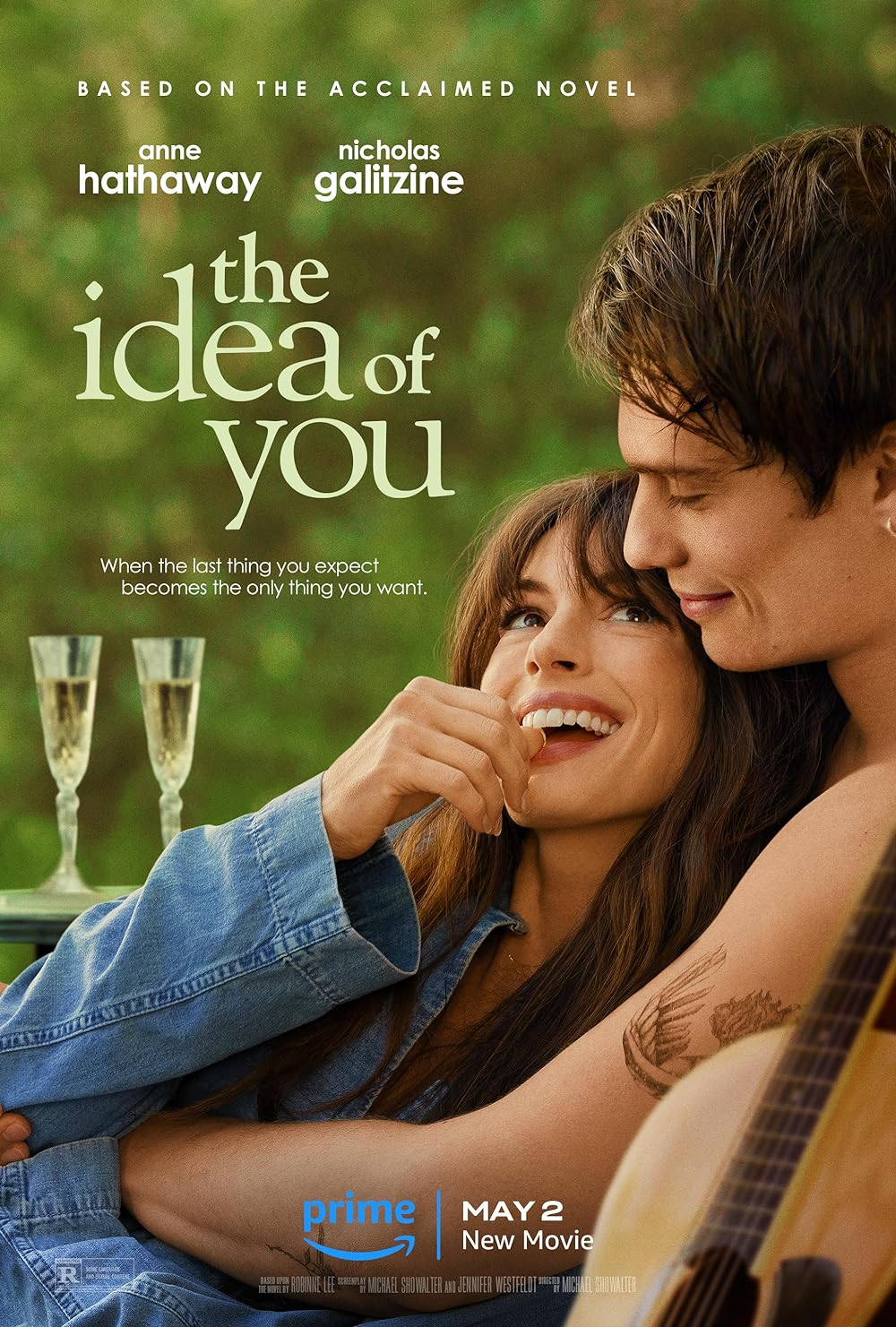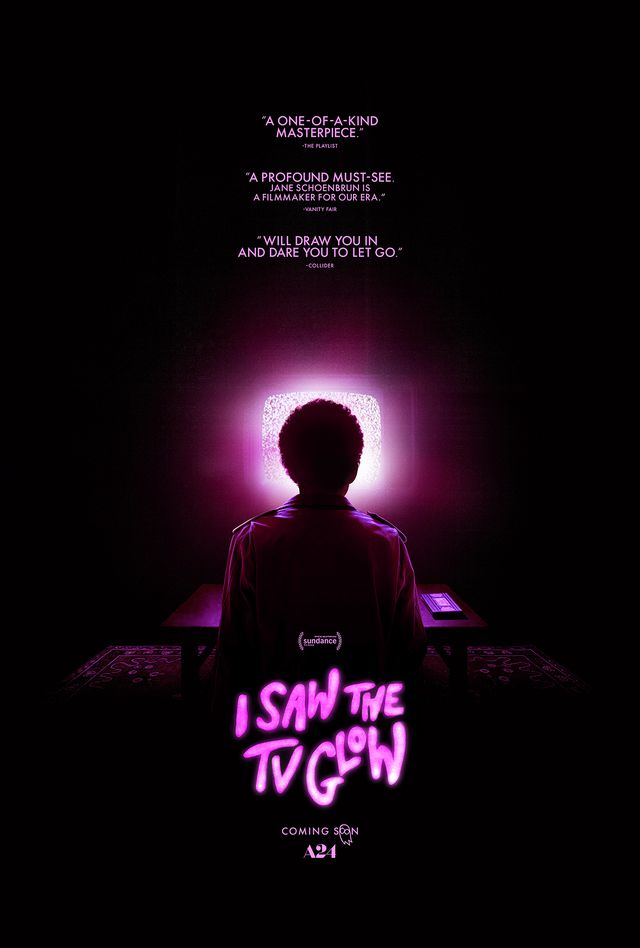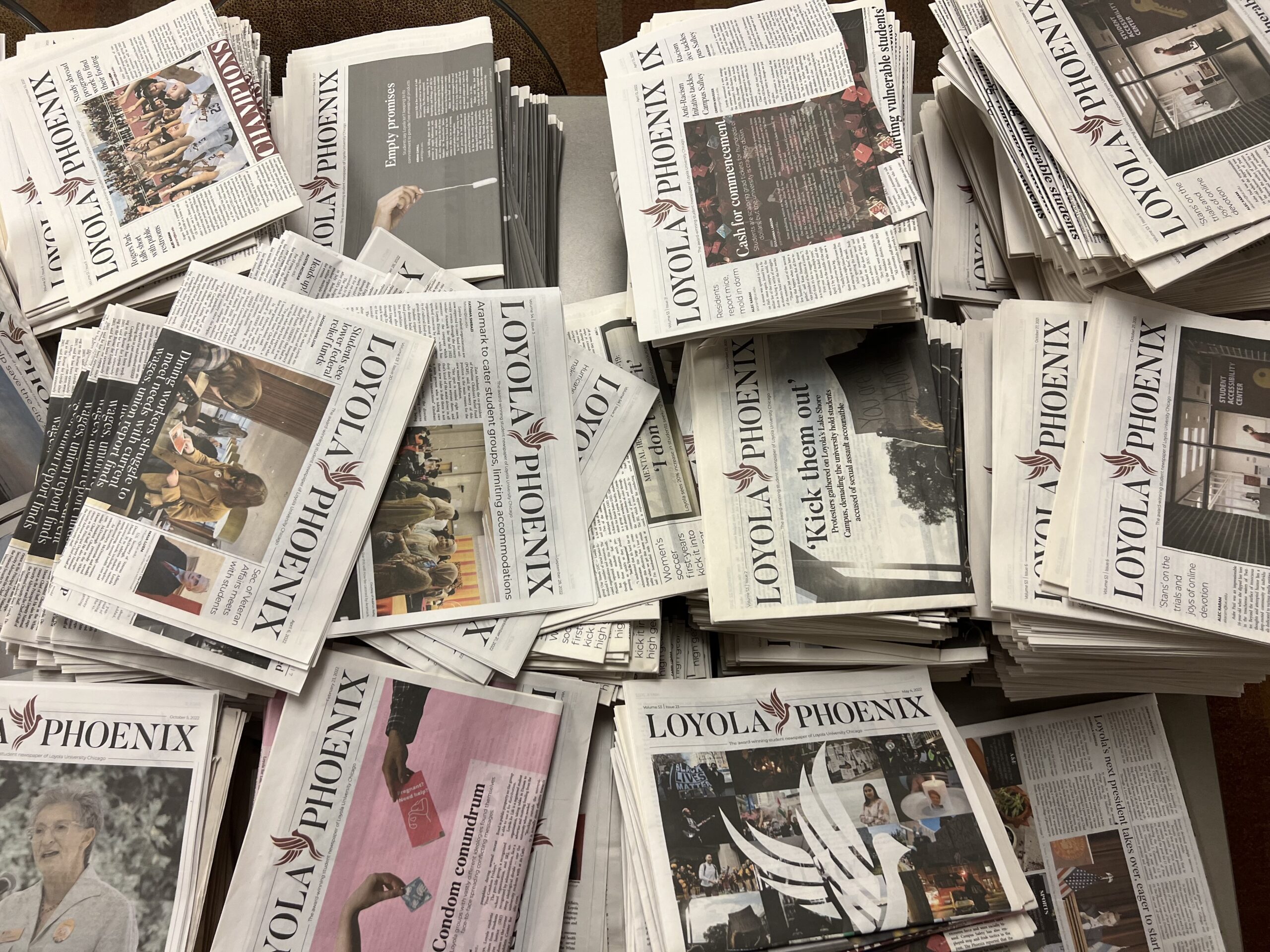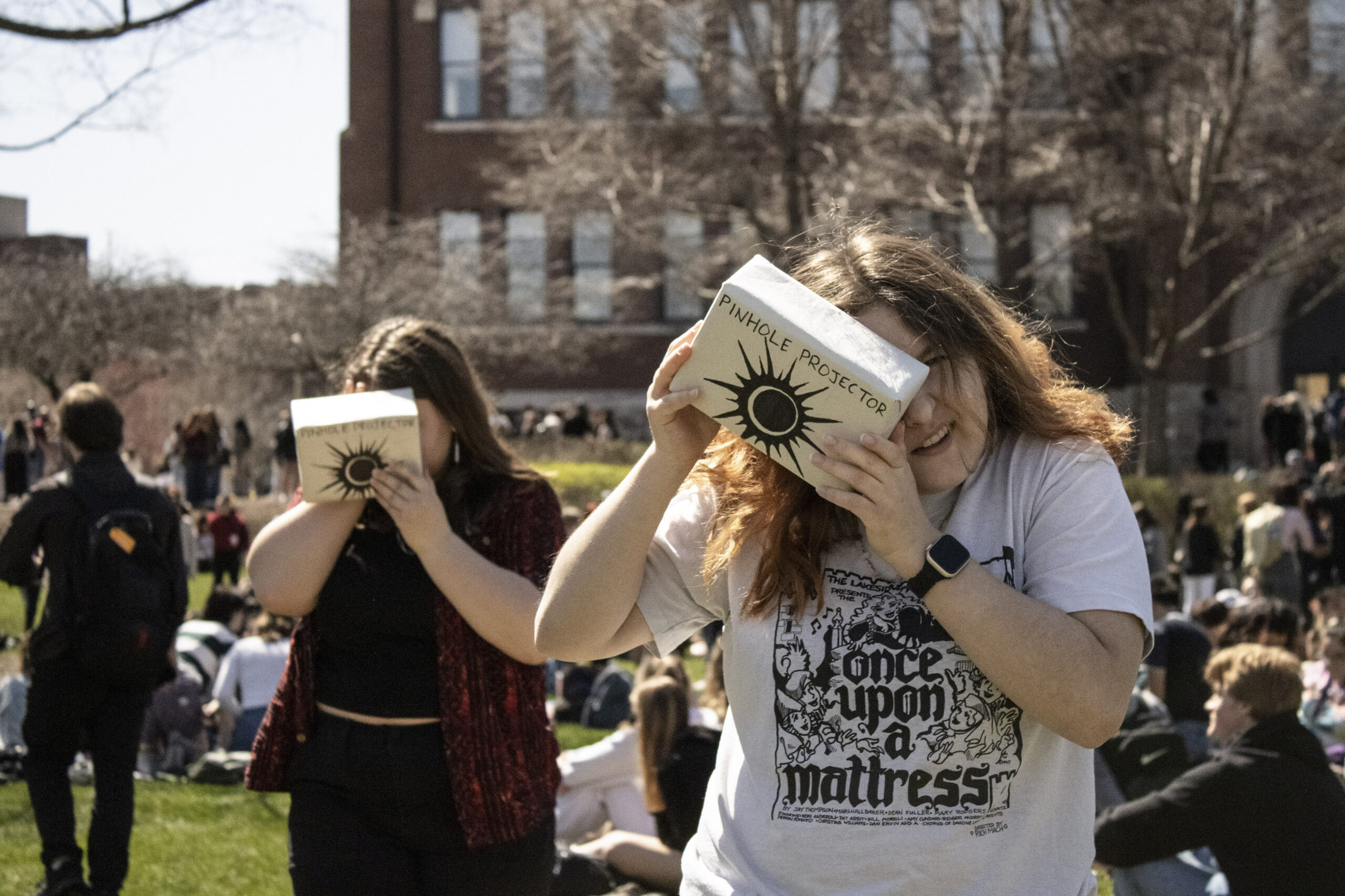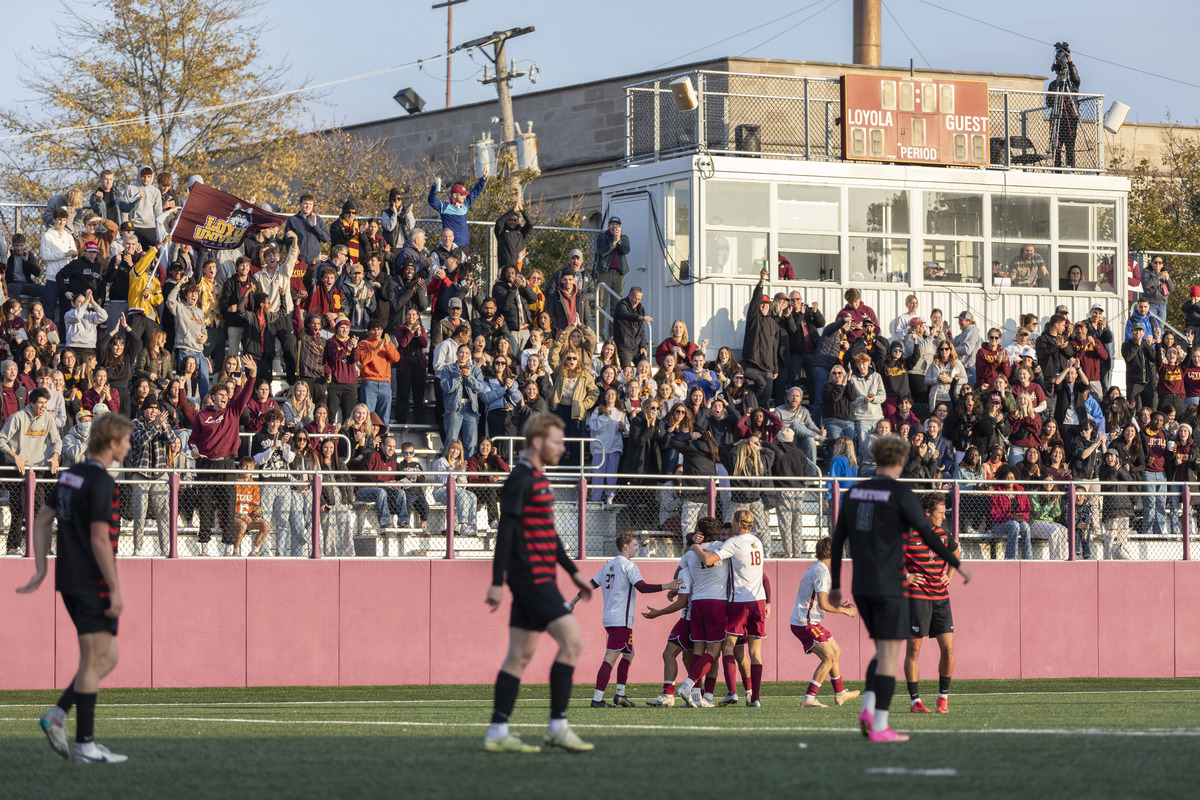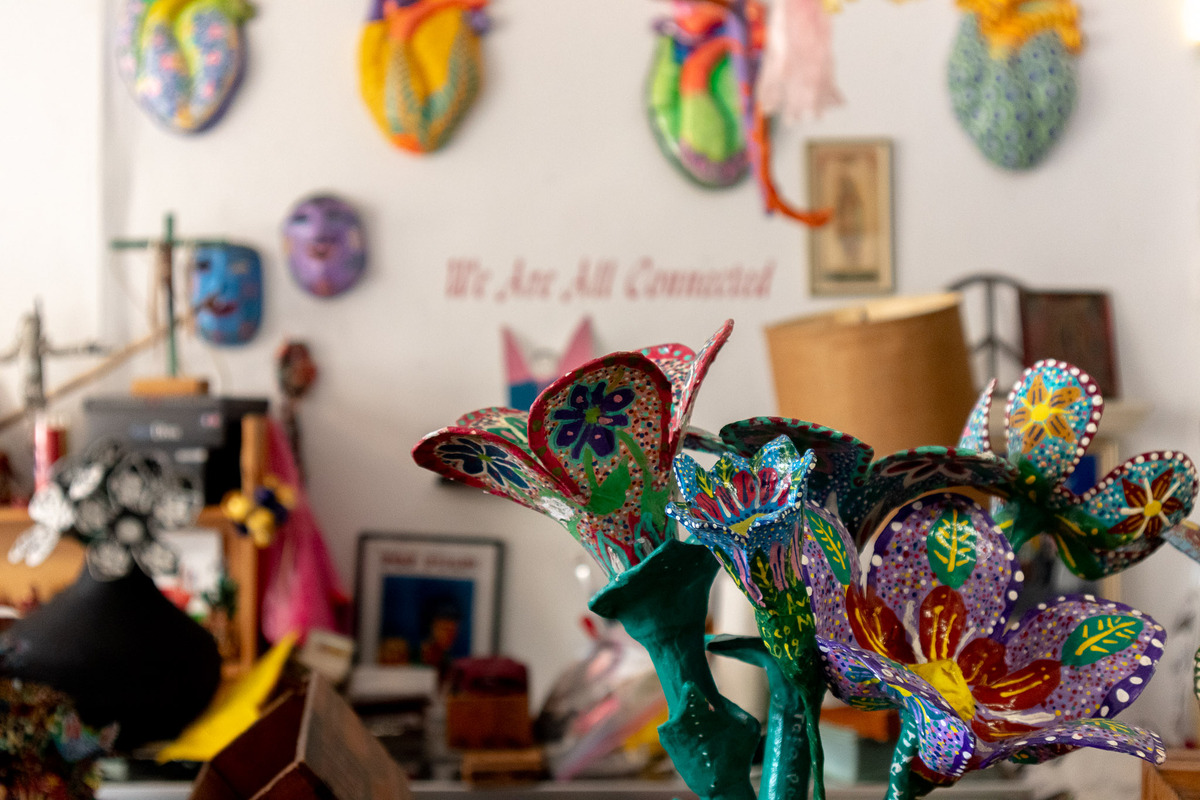Writer Faith Hug reflects on the campy charm of “But I’m a Cheerleader” and its importance to the canon of queer cinema.
ReView: Queer Meets Cheer in ‘But I’m a Cheerleader’

A simplistic love story in a wicked setting, Jamie Babbit’s 1999 film “But I’m a Cheerleader” challenges perceptions of normalcy with flamboyant visuals and satirical comedy.
The film’s cult classic status in the LGBTQ+ community affirms the importance of diverse on-screen portrayals of lesbians. Remaining culturally relevant, its campy charm has stood the test of time.
As a 16-year-old accepting her freshly-minted lesbian identity, I almost felt it would be sacrilegious to not see this film. Its popular online presence in queer spaces hailed it as an essential watch. What started as a begrudging attempt to become versed in gay pop culture became a refreshingly funny and heartfelt viewing experience that has stuck with me ever since.
Painfully stereotypical Megan Bloomfield, played by Natasha Lyonne, knows she’s normal. She does everything she’s supposed to as a 17-year-old in her ambiguous American town in an ambiguous time period. She goes to church. She gets good grades. She’s a cheerleader dating a football player.
But when Megan’s loved ones allege she’s a lesbian, landing her in True Directions conversion therapy camp, her self-perception is warped and her generic world flips on its head.
Babbit’s directorial debut uses vivid coloring in set, costume and lighting design to glaringly separate True Directions from the outside world while also juxtaposing men and women and accepted versus shunned behaviors.
Like Dorothy entering technicolor Oz, viewers follow Megan’s emergence from her regular life — muted with taupes and terracottas — into the vivid monochrome rooms of True Directions.
Within the camp’s harshly-hued walls, male campers wear blue mesh football jerseys and female campers don flowy pink dresses — outfits non-conducive to a therapeutic setting. The clothes cling unnaturally to the queer teens, a failed attempt to curb identities to fit traditional gender roles.
A cartoonish quality results from the artificial set designs and ironically stereotypical queer characters. In an interview with nitrateonline.com, Babbit said the film leaned into this artificiality to poke fun at the socially constructed binaries associated with gender and sexuality.
Satire is relied upon to brighten the extremely dark setting of a conversion therapy institution. Babbit said that as a member of the LGBTQ+ community, she felt there could be space to laugh at the absurdities of such a harmful setting, according to Variety.
It’s essential to acknowledge the joy that can be found even under tragic and oppressive circumstances. While being queer may come with cultural resistance and endured marginalization, it also invites overwhelming joy from communities with unbounding love to offer. Both realities can exist.
The True Directions campers’ methods of experiencing pleasure in a place designed to strip them of their individuality continually inspires me to find avenues to express both the difficult and gleeful facets of my queer identity.
The ridiculousness of homophobic efforts from camp staff is exaggerated for laughs, but it isn’t too far-fetched in my eyes. The camp’s obvious failures — as demonstrated by various attempted relationships between campers — induce a laugh because they’re realistic, as scientific consensus states that conversion therapy is altogether ineffective.
Hardened camper Graham Eaton, played by Clea DuVall, explains this idea to a naively optimistic Megan.
“This is bullshit, Megan,” Graham said. “It doesn’t work. You are who you are, the only trick is not getting caught.”
Nothing about this film is subtle. Casting drag icon RuPaul as “ex-gay” Mike, who leads the male campers in masculinity lessons, was an ingenious move.
Detaching RuPaul from his queer identity is as difficult as Mike separating himself from his repressed sexuality. Seeing an out-of-drag RuPaul in a “straight is great” shirt always makes me chuckle, but it also highlights the internal oppression that often plagues queer people who are forced or compelled to distance themselves from their identity.
Under mesh outfits, exuberant hairstyles and sexual innuendos, a tender love story grounds the film. Inspired by classic rom-coms like “Clueless,” Babbit’s version of star-crossed lovers is predictably sweet and simple.
Megan and Graham get off to a rocky start, both hesitant to like the one another. Forced proximity under traumatizing conversion methods encourages vulnerable exchanges, leading them to bond and fall in love.
Grand gestures, miscommunication and jealousy ensue — as to be expected from any young love story.
The structure of their relationship arc isn’t revolutionary, but their connection is. Babbit wanted to create a lesbian romance not doomed by tragedy, which is rare across film depictions, Babbit said in an interview with CherryPicks.
After my first watch in 2021, I struggled to verbalize what made this movie so touching. It’s not unlike rom-coms of the late ‘90s to follow young lovers through hardship, landing at a happy ending in only 85 minutes.
In her self-discovery journey, Megan progressively gains comfort in her lesbian identity. She learns to embrace her queerness without feeling pressure to change other parts of her identity through the help of her “ex-ex-gay” mentor Lloyd Morgan-Gordan, played by Wesley Mann.
“There’s not just one way to be a lesbian,” Lloyd says. “You just have to continue to be who you are.”
Many young lesbians feel the need to behave or look a certain way to feel they’ve “earned” the label.
The truth is, lesbian isn’t a monolith.
In satirical fashion, the film pokes fun at LGBTQ+ stereotypes because it puts trust in the audience to recognize their dangers and critiques. It relays its messages not in hard-hitting commentary but through campy plot devices and aesthetic tools.
I hope light-hearted lesbian films like “But I’m a Cheerleader” seem less rare with time. Queer people deserve to have films that represent all aspects of their lived experiences and realities — from tragic to hilarious.
Recent releases like Emma Seligman’s “Bottoms” make me hopeful the public is ready to accept lesbian flicks of all styles and genres not just as good queer movies, but as good movies — period.
“But I’m a Cheerleader” is streaming for free on YouTube.
ReView is a recurring movie review column.
Featured image courtesy of Lionsgate Pictures.



